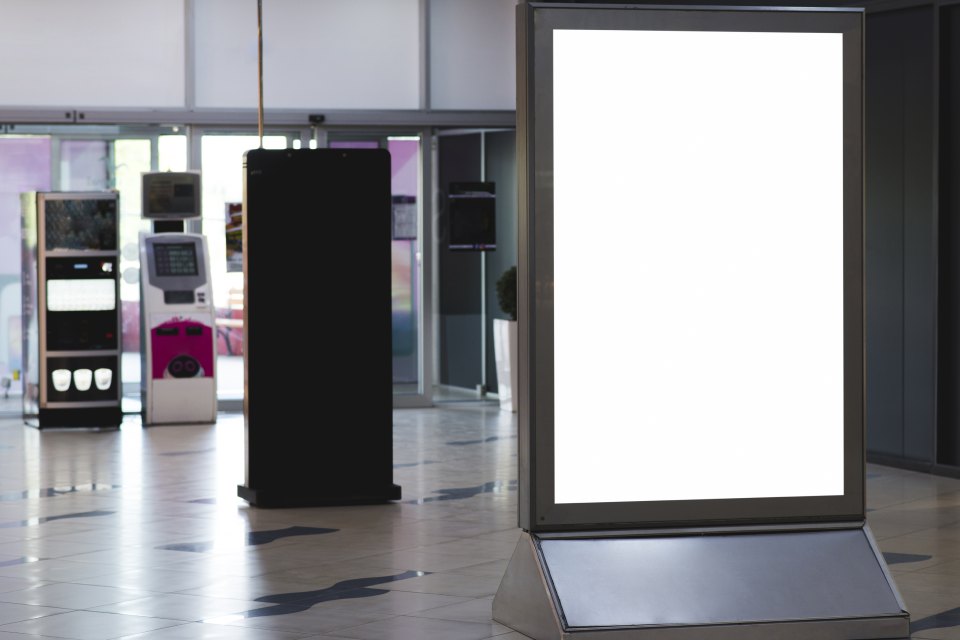Normally, virtual reality consists of a virtual universe created by a computer or computer systems, wherein said world users experience the sensation of being inside it, and according to the degree of immersion, users have the opportunity to interact. With that universe and its objects, to one degree or another.
What Do We Mean By Virtual Reality?
However, the term virtual reality is equally applicable to different virtual universes created from other media, such as imagination, which includes books, dreams, and movies.
The perfect virtual reality would be one that, from a complete immersion, allows users the possibility of interacting without any limits with the virtual universe in which they find themselves, apart from offering at least the same senses that they have in the real world, that is, taste, hearing, sight, smell and touch.
However, most systems today focus only on two of these senses, which are hearing and sight, since simulating the other senses involves multiple difficulties and high costs.
Now, when talking about the types of virtual reality, they can be subdivided as follows:
Types Of Immersion In Virtual Reality
Immersive Virtual Reality
It is a complete immersion through peripherals, that is, positioners, glasses, virtual reality headsets, hdm, etc., until reaching the point where the real world completely disappears.
Semi-Immersive Virtual Reality
It consists of interacting with the virtual universe, although without actually immersing yourself in it, as would be done, for example, through a monitor, since this kind of virtual reality is usually quite common in today’s video games because it does not require any special hardware.
Individual Or Shared Virtual Reality
Human-Machine
It only allows user interaction through a virtual universe; an example of this kind of virtual reality can be 3d cinemas and non-multiplayer video games, among others.
Human-Machine
It is a type of virtual reality that allows more than one user to interact with the same virtual universe, including even the possibility of interacting with each other.
The most common uses that are given to virtual reality are usually the following:
Training for astronauts, pilots, and soldiers, among others.
Applications within academic medicine, such as to simulate different types of operations.
“Cad”, that is, computer-assisted designs, is that through this type of use for virtual reality, it is possible to observe and interact with different objects before they are produced, which allows for cost savings.
Development of different virtual scenarios such as classrooms, shops, and museums.
It allows treating phobias such as claustrophobia, arachnophobia, aerophobia, etc.
Also Read: Digitization Of Companies: New Workspaces





